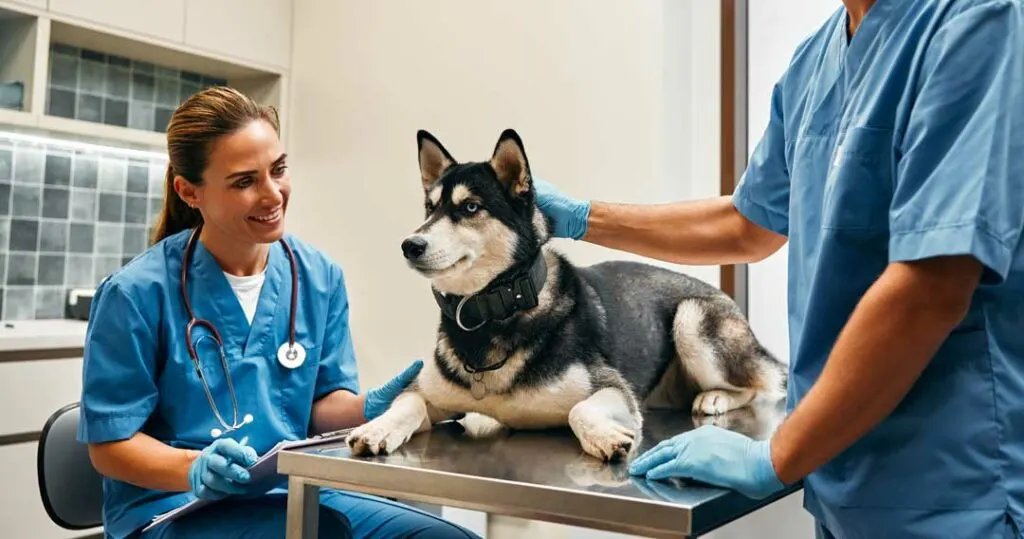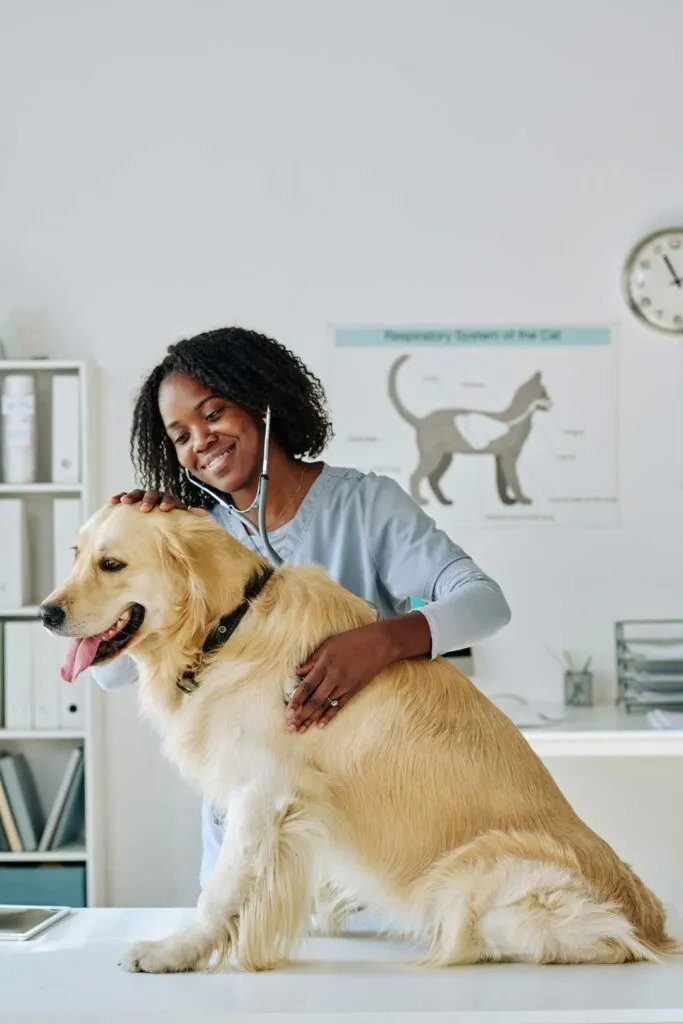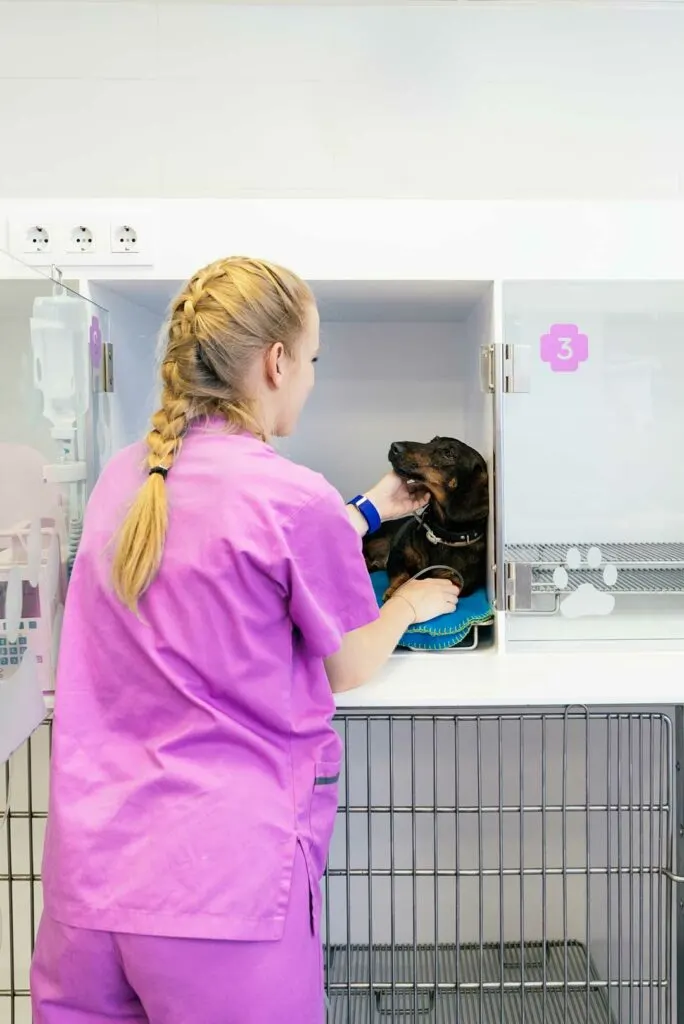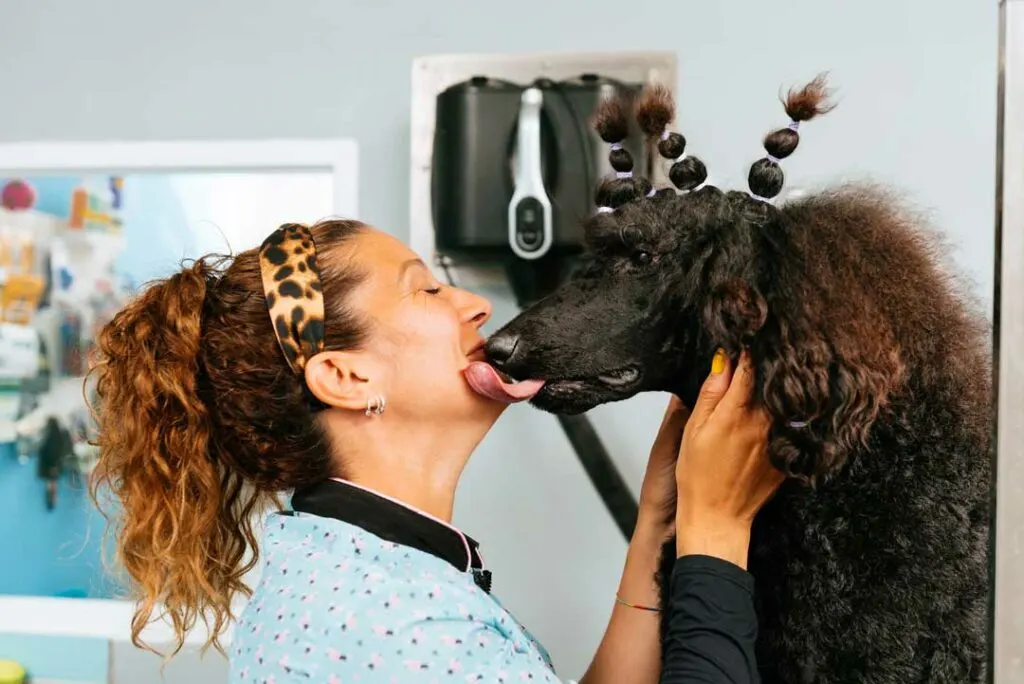Pet insurance for dogs and cats gives you peace of mind, ensuring your furry companions receive the best care without financial stress.

Pets are more than just animals; they’re beloved family members. As pet owners, we want to ensure our furry friends receive the best care possible. However, veterinary costs can be high, especially for unexpected illnesses or accidents. This is where pet insurance comes in. In this article, we’ll explore everything you need to know about pet insurance, from what it is to how it works and why it might be a good choice for you and your pet.
What is Pet Insurance?
Pet insurance constitutes specialized health insurance for cat, dog and other animal companions which assists covering veterinary costs if they become sick or get injured. Similar to human health insurance, you pay monthly or annual premiums to insurance providers. In return, they help reimburse medical bills events like emergencies or long-term treatments your household budget may struggle covering alone.
Breakdown Explaining How Pet Insurance Works

Enrollment: You sign up for a policy by providing details about your pet, such as age, breed, medical history, and more. Insurers request this information to calculate appropriate coverage terms.
- Premiums: Regular premium payments maintained keep policies active. Premium costs get determined by factors like pet age, pre-existing conditions and policy comprehensiveness. Payments occur monthly or yearly.
- Deductible: The deductible constitutes your annual upfront out-of-pocket costs before policy coverage kicks in, reimbursing percentages of subsequent veterinary expenses. For example, after paying an initial $250 deductible, your pet’s $3000 cancer treatments might have 80% of costs covered by insurance.
- Reimbursement: Unlike human health insurance directly billed to providers, pet owners first pay veterinary bills fully themselves. Later they submit claim forms with invoices to the insurance company for repayment of covered diagnosis and treatments minus deductible obligations. Reimbursements depend on policy limits and percentage terms.
Benefits of Pet Insurance
Pet insurance delivers invaluable financial protection and peace of mind for beloved pet parents. It offers assurance that care decisions stay guided by pet health priorities first, not the financial constraints life imposes. Additional advantages include:

- Peace of Mind: Pet insurance eliminates the guesswork around affording urgent veterinary treatment or long-term care for chronic diagnoses. Focus on your pet’s wellbeing.
- Improved Veterinary Care: Insured pets receive timely care from the onset of concerning symptoms, not delayed waiting to see if problems worsen or become unmanageable expenses. Earlier intervention leads to better health outcomes.
- Preventative Care Coverage: Some policies help fund annual wellness exams, vaccinations, dental cleanings and more that maintain optimal pet health, not just serious diagnoses. Prevention is easiest with support.
- Accident Protection: Sporadic emergencies like bone fractures, poison ingestion or abrasion injuries inevitable with active pets get covered by policies mitigating unexpected costs striking at worst times.
What Does Pet Insurance Cover?
While specific policy coverages vary across pet insurers and chosen premium tiers, most reimburse a large percentage of costs tied to accidental injuries and illnesses. Common covered categories include:

- Accidents: Broken bones, cuts, swallowed objects, injuries from falls, or hazardous material ingestions. Reporting timeframes to file claims may apply depending on policy.
- Illnesses: Minor conditions like ear infections to intensive long-term treatment of complex diseases including cancer, diabetes or hereditary conditions fall under comprehensive accident & illness plans. Exclusions exist for pre-existing diagnosed conditions.
- Hospitalization: Multi-day veterinary hospital stays rack up exponentially with administering intravenous treatments, overnight monitoring, and more. Insurance grants financial insulation.
- Diagnostic Testing: Items include blood tests, pathogen cultures, X-rays, ultrasound imaging, MRIs required determining or monitoring pet diagnosis. These accumulate despite outcome.
- Emergency Care: Outside regular clinic hours, emergency veterinary hospitals provide urgent lifesaving interventions at premium costs that insured pets need not worry about.
How Much Does Pet Insurance Cost?
The cost of pet insurance can vary widely based on several factors. Here are some of the main things that influence the price:
- Pet’s Age: Generally, the older your pet, the more expensive the insurance. It’s usually cheapest to insure young, healthy pets.
- Pet’s Breed: Some breeds are prone to certain health issues, which can make them more expensive to insure. For example, large dog breeds often have higher premiums because they’re more likely to develop joint problems.
- Species: Dog insurance is typically more expensive than cat insurance, as dogs tend to have more health issues and accidents.
- Location: Your geographical location can affect the cost.
- Coverage Level: The more comprehensive your coverage, the higher your premium will be. Adding extras like wellness care will increase the cost.

Types of Pet Insurance Plans
New York pet insurance packages get segmented into tiered plans by coverage range catering to different pet lifestages, financial situations and risk appetites. Comprehending differences empowers smarter choices.

- Accident-Only Plans: Cheapest policies solely covering unforeseen injury treatments like broken bones or injured eye removal surgeries resulting from discrete events. Excludes illnesses completely for lowest premiums around $10 monthly average. Best for generally young, healthy and active pets getting into unpredictable accidents.
- Accident & Illness Plans: Most popular options bundling accident coverage with wide-ranging illnesses from minor to catastrophic. Allows managing unexpected infection diagnoses, hereditary conditions and chronic issues over pet lifespans cost-effectively over time for rounded protection. Generally costs between $25-50 monthly.
- Comprehensive Plans: Maximal premium coverage incorporates robust accident, injury and illness protections supplemented further by reimbursements of routine wellness exams, vaccinations and dental care. Provides whole-health support yet at highest recurring costs making the most sense for high-risk animals.
How to Choose Appropriate Pet Insurance
Given myriad options balancing coverage ranges and costs when insuring pets, follow this decision-making framework identifying ideal providers:

- Assess Realistic Risks First: Consider pet age, breeds, environment, and potential hereditary conditions, establishing realistic coverage needed and budget.
- Research Provider Options Extensively: Review several insurers’ core coverage specifics, premium costs, reimbursement rates, exclusions, fine print, and discounts like multi-pet thoroughly side-by-side.
- Leverage Technology Efficiency: Many insurers offer quick online quotes establishing sample policy terms across pricing factors like age, breed, and location, illuminating projected costs more precisely for given situations.
- Prioritize Desired Coverage Areas: Besides comparing premium costs across similar policy tiers, reflect on the types of veterinary care circumstances likely requiring safety net funding in your situation.
- Customer Support Strength: Read third-party reviews highlighting claim reimbursement turnaround times and overall responsiveness, addressing questions to ascertain provider strengths even in stressful situations that require empathy and urgency. Avoid struggles later during crises.
How to File Insurance Claims
Following veterinary visits, here are the standard steps for making claims to activate your reimbursements:

- Pay Providers First: Settle all treatment, medication, and hospitalization balances directly with veterinary teams when services are rendered.
- Request Itemized Invoices: Obtain detailed payment receipts outlining each procedure, medication, or lab test administered, along with pet diagnosis codes from care providers.
- Submit Claim Forms: Through online portals or by mail, deliver completed claim requests including itemized breakdowns of all charges incurred alongside any necessary medical records like tests confirming the illness identified. Take photo scans retaining copies.
- Allow Processing Timeframes: Insurers review all claim components validating contract coverage aligned to pet policies and current period limits before approving dispersals. This takes approximately 2-4 weeks depending on conditions.
- Receive Reimbursements: Once verified, insurers issue claim reimbursement checks or direct deposit transfers to holders reimbursing approved covered diagnosis and treatment costs at policy rates. Funds typically distribute within a week following approvals.
Comprehensive Guide to Pet Insurance for Dogs and Cats: Peace of Mind for Pet Owners
Pet insurance for cats and dogs can be a valuable tool for managing the costs of pet healthcare. It provides peace of mind, knowing that you’re prepared for unexpected veterinary expenses. While it’s an additional monthly expense, it can save you from having to make difficult decisions about your pet’s health based solely on financial constraints.
However, pet insurance isn’t one-size-fits-all. The right choice depends on your individual circumstances, including your pet’s health, your financial situation, and your personal preferences. Take the time to research different options, understand what’s covered and what’s not, and consider your pet’s specific needs.

Jessi is the creative mind behind The Coffee Mom, a popular blog that combines parenting advice, travel tips, and a love for all things Disney. As a trusted Disney influencer and passionate storyteller, Jessi’s authentic insights and relatable content resonate with readers worldwide.

10 Essential Tips for First-Time Dog Owners – Dutable
Tuesday 21st of January 2025
[…] health issues can be costly, so it’s wise to invest in pet insurance for dogs. With pet insurance, you’ll have peace of mind knowing that major medical expenses are covered, […]